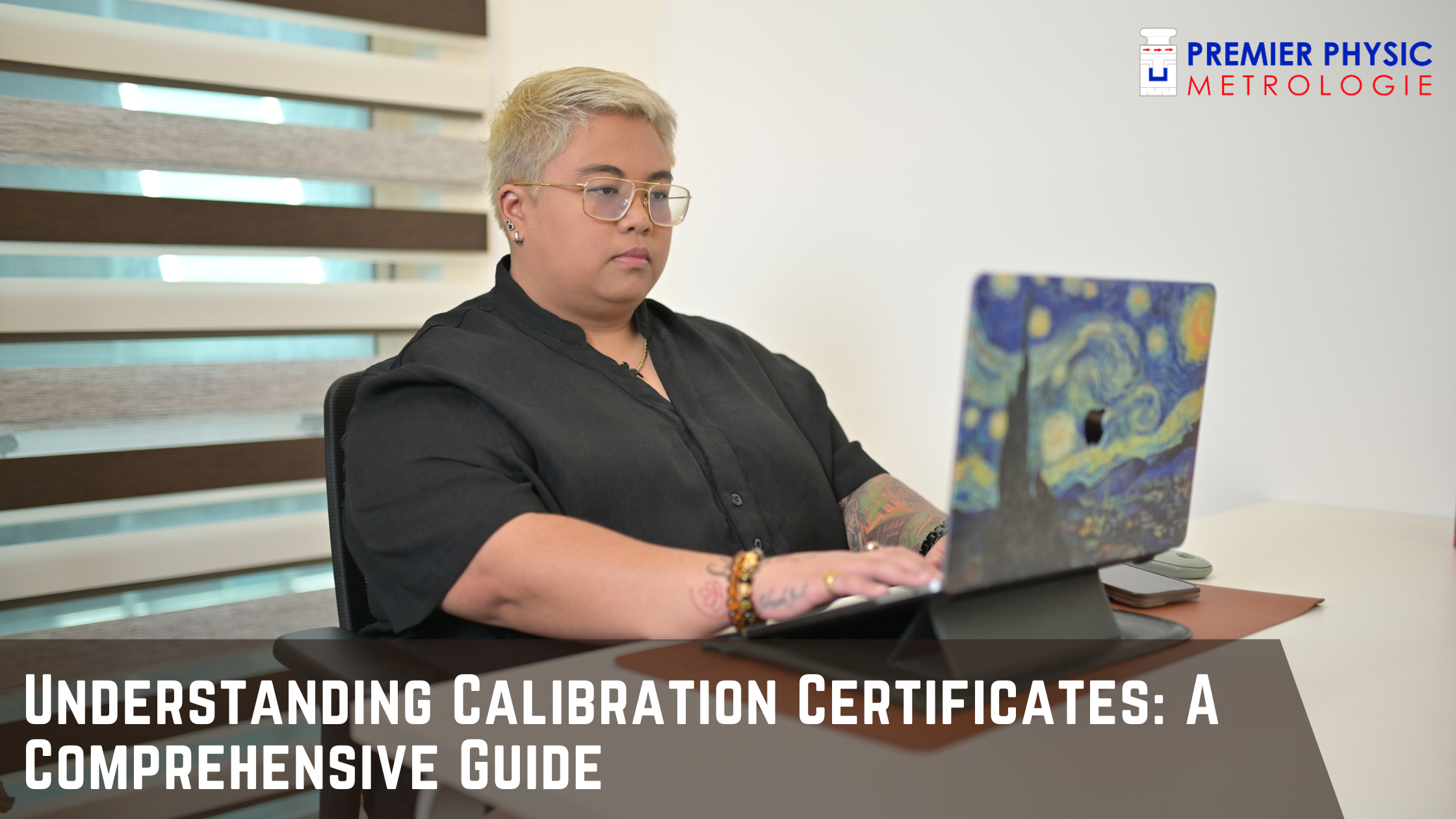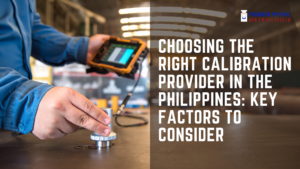In this informative article, we delve into Understanding Calibration Certificates: describing what they are, what essential information they should contain, and how customers can use them to ensure compliance with industry standards.
Introduction
Calibration certificates are an integral part of quality control and compliance in various industries. Understanding Calibration Certificates is crucial for businesses and professionals to maintain accuracy and reliability in their operations. In this comprehensive guide, we will break down what calibration certificates entail, what key information they should include, and how customers can effectively interpret and utilize them to meet industry standards.
What Is a Calibration Certificate?
A calibration certificate is a formal document that provides crucial information about the accuracy and precision of a measurement instrument or device. It serves as proof that the equipment has been calibrated and meets specified standards. These certificates are essential for various industries, including manufacturing, healthcare, and scientific research.
The Importance of Calibration Certificates
Calibration certificates play a pivotal role in ensuring the reliability and accuracy of equipment and measurements. Here’s why they are crucial:
- Quality Assurance: Calibration certificates validate the precision of instruments, ensuring that products meet quality standards.
- Compliance: Many industries require compliance with specific regulations. Calibration certificates help organizations adhere to these standards.
- Data Integrity: Accurate measurements are vital for data integrity in research and development.
- Equipment Longevity: Regular calibration prolongs the life of equipment, saving costs in the long run.
What Information Should a Calibration Certificate Contain?
Understanding what information should be present on a calibration certificate is vital for both equipment users and calibration service providers. A standard calibration certificate typically includes:
1. Equipment Details
- Equipment name and model.
- Serial number.
- Manufacturer’s information.
- Date of calibration.
2. Calibration Standards
- Reference standards used for calibration.
- Traceability to national or international standards.
3. Measurement Data
- Initial and final readings.
- Measurement uncertainties.
4. Calibration Procedure
- Details of the calibration process.
- Environmental conditions during calibration.
5. Technician Information
- Name of the technician who performed the calibration.
- Signature and contact details.
6. Statement of Compliance
- Confirmation that the equipment meets specified standards.
7. Calibration Seal
- A seal or stamp indicating the certificate’s authenticity.
How to Interpret a Calibration Certificate
Interpreting a calibration certificate may seem complex, but it’s crucial for maintaining precision and accuracy. Here’s a step-by-step guide:
1. Verify Equipment Details
- Ensure that the equipment details match the instrument in use.
2. Review Calibration Data
- Examine the initial and final readings.
- Understand measurement uncertainties.
3. Check for Compliance
- Ensure the statement of compliance meets industry standards.
4. Verify Technician Information
- Confirm the technician’s credentials and contact details.
5. Assess Traceability
- Ensure that the certificate references national or international standards.
Frequently Asked Questions (FAQs)
Q: Can I use a calibration certificate as legal proof of accuracy? A: While calibration certificates are not legally binding, they serve as credible evidence of equipment accuracy and compliance with industry standards.
Q: How often should I calibrate my equipment? A: The frequency of calibration depends on factors like equipment type and usage. Manufacturers often provide guidelines; otherwise, consult a calibration expert.
Q: Are calibration certificates transferable if I sell my equipment? A: Calibration certificates are typically tied to specific equipment and may not be transferable. The new owner may need to recalibrate the instrument.
Q: Is self-calibration recommended? A: Self-calibration can be useful for minor adjustments, but professional calibration is essential for precise measurements and compliance.
Q: What happens if my equipment fails calibration? A: If equipment fails calibration, it may require adjustments or repairs. Consult with a calibration expert for guidance.
Q: Can I perform my equipment’s calibration in-house? A: In-house calibration is possible but requires specialized equipment and trained personnel. Outsourcing to a calibration service provider is often more efficient.
Conclusion
Understanding Calibration Certificates is vital for maintaining the accuracy and reliability of measurement instruments in various industries. By comprehending what information should be included in these certificates and how to interpret them, businesses and professionals can ensure compliance with industry standards and uphold the highest levels of quality and precision.




